It’s a common misconception that all cats readily devour wet food. As a veterinarian, I’ve frequently recommended wet diets for various feline health conditions, only to discover that many cats are resistant to it. Many owners resign themselves to feeding dry food only, believing their cat will never accept canned food. However, transitioning a cat to wet food can be crucial for their health, so it’s a challenge worth tackling.
When I adopted my own cats, they were “dry food addicts.” Recognizing the hydration and protein benefits of wet food, I embarked on a mission to incorporate it into their diet. It took persistence and tailored approaches, but now they eagerly anticipate their wet food breakfast.
This article explores:
- Reasons cats initially refuse wet food
- The advantages of a wet food diet and why it matters
- Ideal timing and methods for diet transition
- 15 proven strategies for encouraging wet food consumption
- Guidance on selecting high-quality wet cat food brands
Why Won’t My Cat Eat Wet Food?
Cats accustomed to the crunchy texture of dry food may resist the change to a softer consistency. Introducing a variety of food textures, including kibble, meaty chunks, and pate, during kittenhood can help prevent this pickiness.
A vet visit is recommended if your cat refuses wet food. Dental issues, like painful resorptive lesions (erosions on the tooth surface), can make eating wet food uncomfortable.
If your vet rules out any medical issues, read on to discover effective strategies to get your cat to eat wet food.
The Benefits of Feeding Your Cat Wet Food
- Increased Water Intake: Vital for cats with chronic kidney disease, feline lower urinary tract disease (crystals, bladder stones, feline idiopathic cystitis), or constipation.
- High-Protein, Low-Carb Diet: Beneficial for diabetic cats, as wet food formulations often provide this balance more readily than dry food.
- Weight Management: Wet food’s higher water content results in fewer calories per gram and increased satiety.
- Medication Administration: Easier to conceal medications or supplements within wet food.
- Improved Hydration: Ensures adequate hydration, especially for cats who rarely drink water.
- Preventative Health: Establishing flexible eating habits can be advantageous, especially given that cats may develop health conditions later on that would benefit from a wet diet, such as chronic kidney disease.
Dry food typically contains around 10% water, while wet food boasts approximately 80% water content.
Does It Matter if My Cat Only Eats Dry Kibble?
Transitioning to wet food is crucial if your cat has a health condition that necessitates it.
Even for healthy cats, incorporating wet food into their diet, either exclusively or in combination with dry food, is beneficial. Cats have a naturally low thirst drive, and primarily obtain water from their food. Dry food alone can lead to chronic dehydration, impacting their long-term health.
Dry food advantages include lower cost and convenience for grazing cats. Puzzle feeders, such as Trixie Activity Puzzles for Cats, offer enrichment and mental stimulation. LickiMats are slow feeders suitable for wet food, enhancing the feeding experience.
Consider a dental-specific dry food like Hill’s Science Diet Adult Oral Care if feeding dry food. The kibble’s size, texture, and fiber matrix promote chewing and help control plaque and tartar.
If you opt to feed your cat only dry food or a combination of wet and dry, consult “How to Get a Cat to Drink More Water” to ensure proper hydration.
When Should I Switch My Cat to Eating Wet Food?
You can initiate the transition to wet food immediately if your cat is healthy and happy.
Avoid diet changes when your cat is sick, as this can exacerbate their condition. Wait until they recover before introducing new food. Introducing food while they are unwell can also cause food aversion.
Dietary changes can be stressful, particularly for cats with lower urinary tract disease. Gradual changes and consideration for their emotional state are important.
Always consult your vet before changing your cat’s diet if they are unwell.
Can I Suddenly Change From Dry to Wet Cat Food?
Even if your cat seems enthusiastic about wet food, transition gradually to prevent gastrointestinal upset like diarrhea and vomiting. Slowly increase the amount of new food while decreasing the old food over a week.
How Do You Get a Picky Kitty to Start Eating Canned Food?
Never starve your cat to force them to eat wet food. Cats who don’t eat for over 48 hours, or eat considerably less over several days, risk life-threatening complications like hepatic lipidosis (fatty liver disease). Ensure your cat eats at least one meal every 12 hours.
1. Patience is Key
Changing a fussy cat’s eating habits can take weeks or months. Don’t give up immediately if they don’t instantly accept wet food.
2. Gradual Combination
Mix a tiny amount of wet food with their dry food. If they accept it, gradually increase the wet food and decrease the dry food daily. Store unused wet food in the refrigerator for 24-48 hours.
If they won’t eat the mixed food, place a teaspoon of wet food next to the dry food, touching slightly. Increase the wet food amount gradually.
Alternatively, put wet food in the bowl and cover it with a layer of dry food.
3. Establish Meal Feeding
If your cat grazes on dry food throughout the day, switch to two meals: morning and evening, with no food available in between. Hunger can encourage them to try wet food.
Offer wet food; if uneaten after 30-60 minutes, remove it and provide dry food. Remove the dry food after another 30-60 minutes and don’t offer more food until the next meal.
Once they reliably eat wet food, switch to small, frequent meals mimicking their ancestors’ eating behavior.
The Cat Mate Automatic Feeder can provide five meals daily, even when you’re away. Its ice packs keep wet food fresh.
Cat Mate 5 Meal Automatic Feeder
- Provides small, frequent meals, even when you’re away
- Includes two ice packs for use with wet food
- Dishwasher-safe and easy to clean
4. Serve Food on Ice Packs
Wet food should be discarded after 1-2 hours due to bacterial growth. Placing it on flat ice packs keeps it fresher longer, which benefits grazing cats.
5. Tempt with Treats
Mix wet food with an irresistible treat like canned tuna in spring water (never brine or oil) or Churu Lickable Puree Treat. If they won’t eat it mixed in, place the treat on top and gradually incorporate it more each day.
Freeze-dried chicken treats offer an in-between texture.
Recommended Irresistible Treats:
| Product | Product | Features | Price |
|---|---|---|---|
| Churu Lickable Treats for Skin and Coat | Churu Lickable Treats for Skin and Coat – Cats become easily obsessed with these treats, often used in veterinary practices to distract cats during vaccinations – Place on top or mix into your cat’s wet food – Made with real chicken and tuna, and packed with omega-3 fatty acids | View on AmazonView on Chewy | |
| Life Essentials Freeze Dried Chicken | Life Essentials Freeze Dried Chicken – Irresistible and tasty treats – Made from a single clean, low-calorie ingredient – white breast chicken meat – Sprinkle them on your cat’s wet food | View on AmazonView on Chewy |
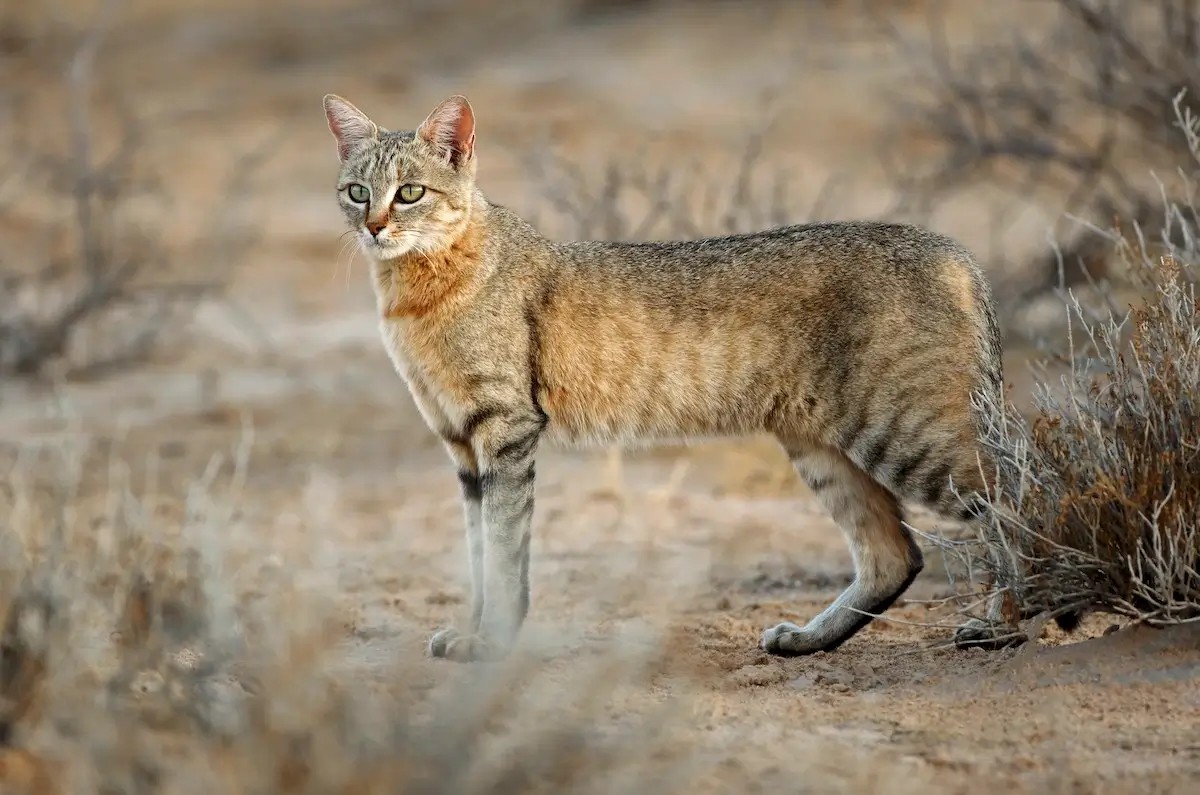
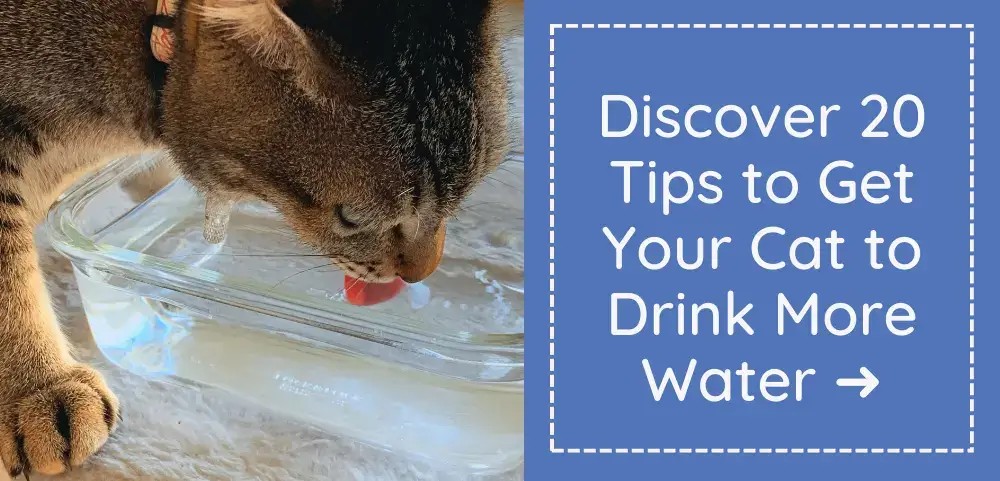
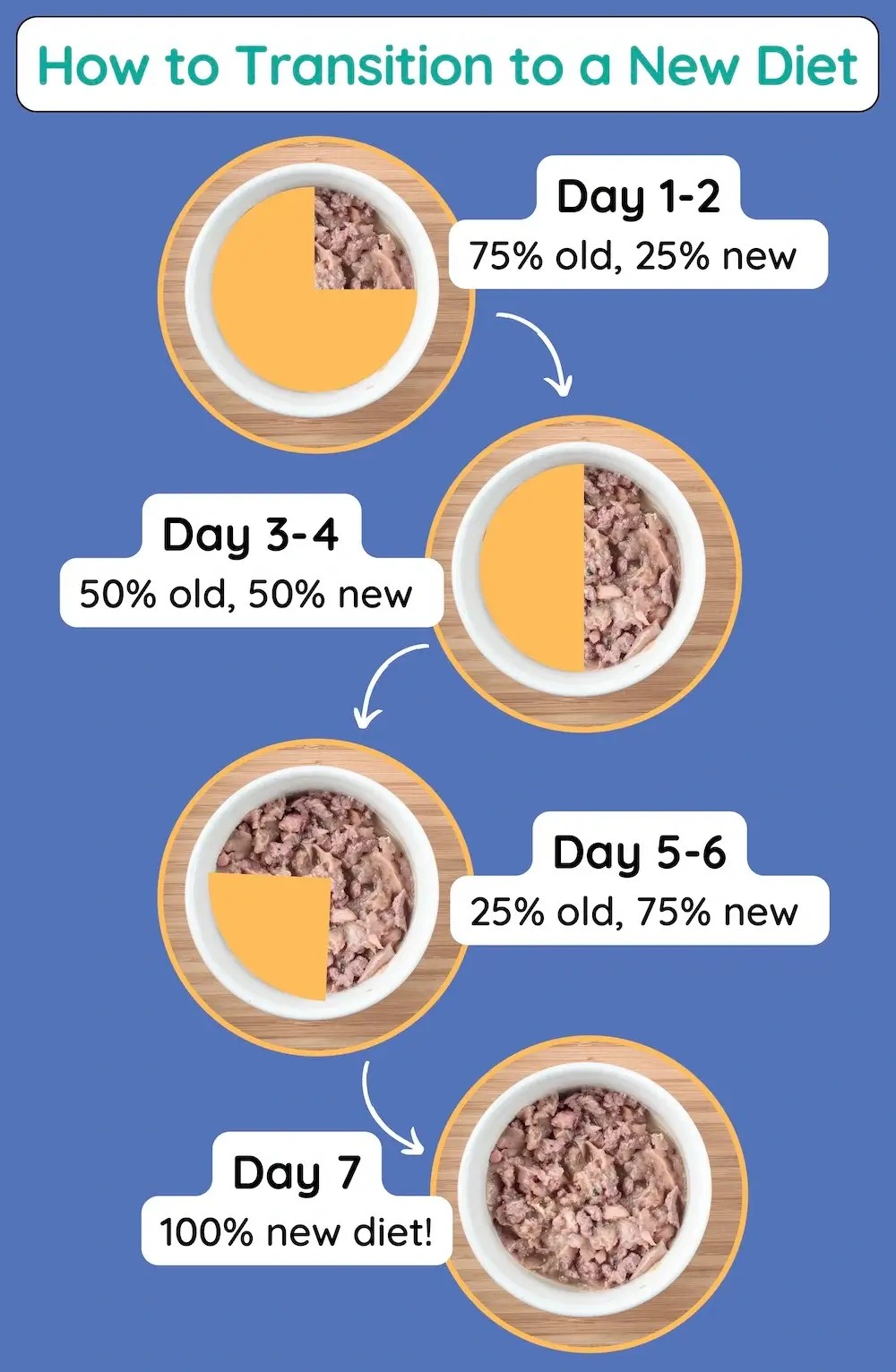
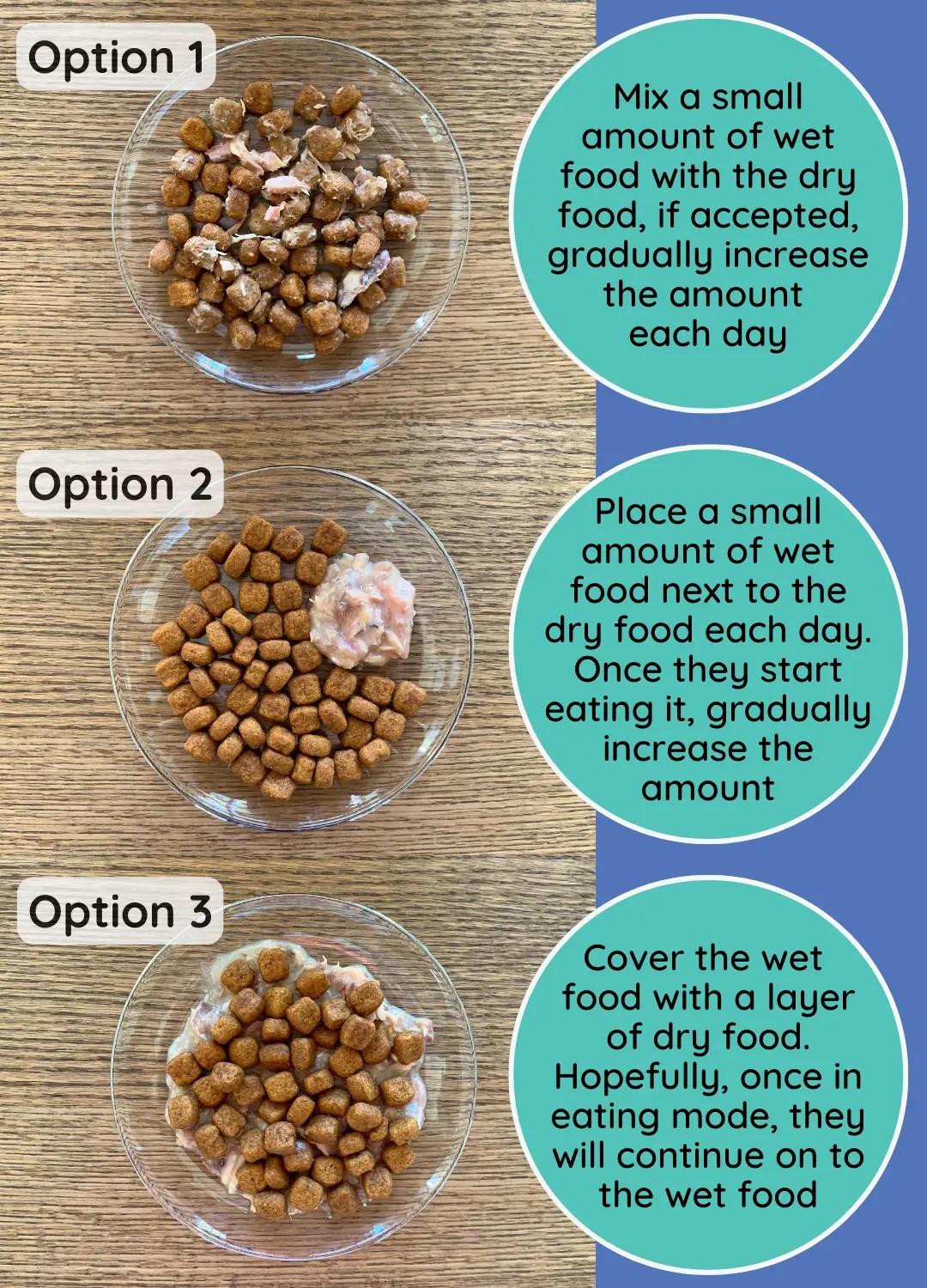
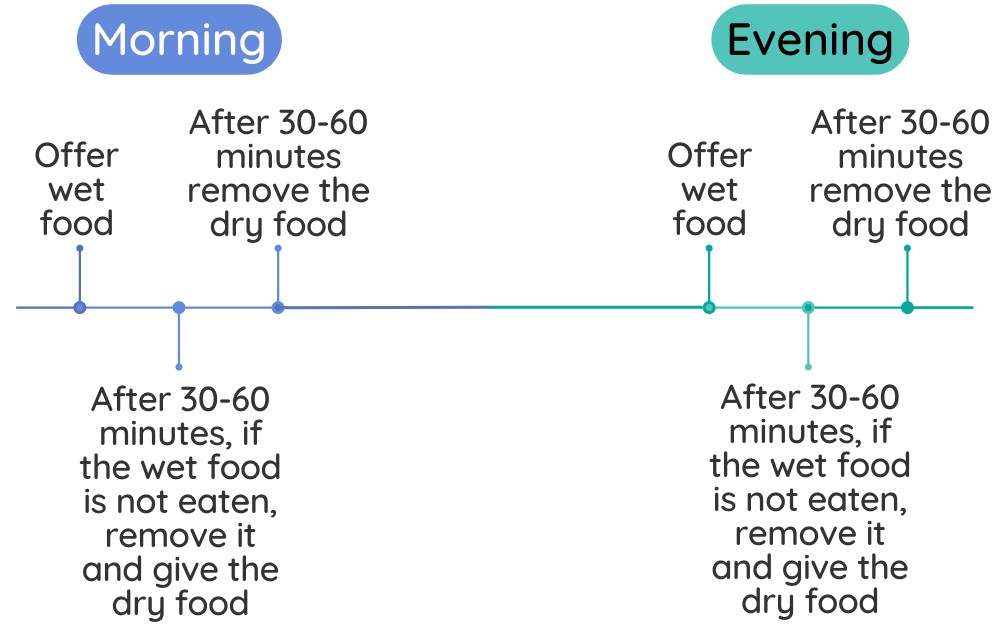
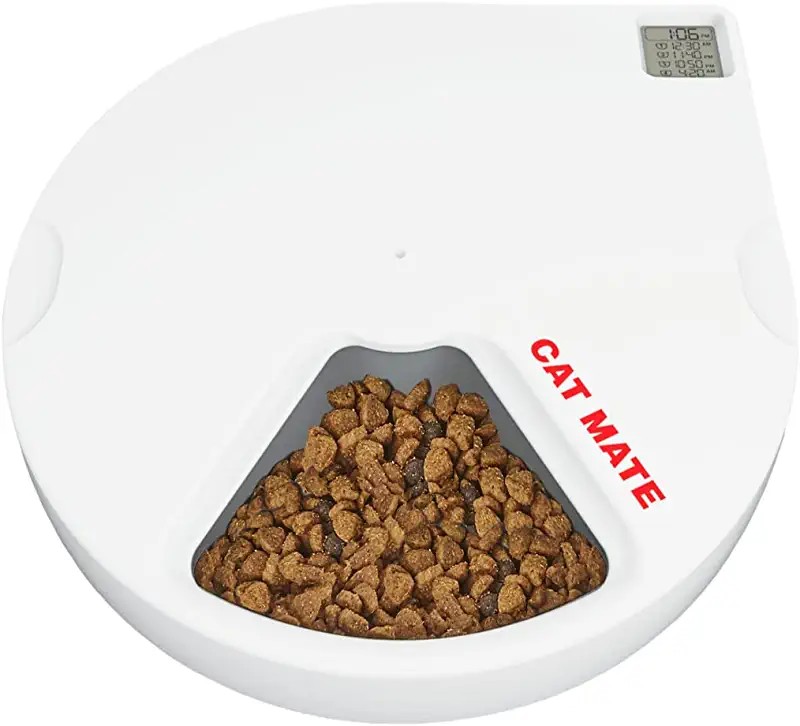
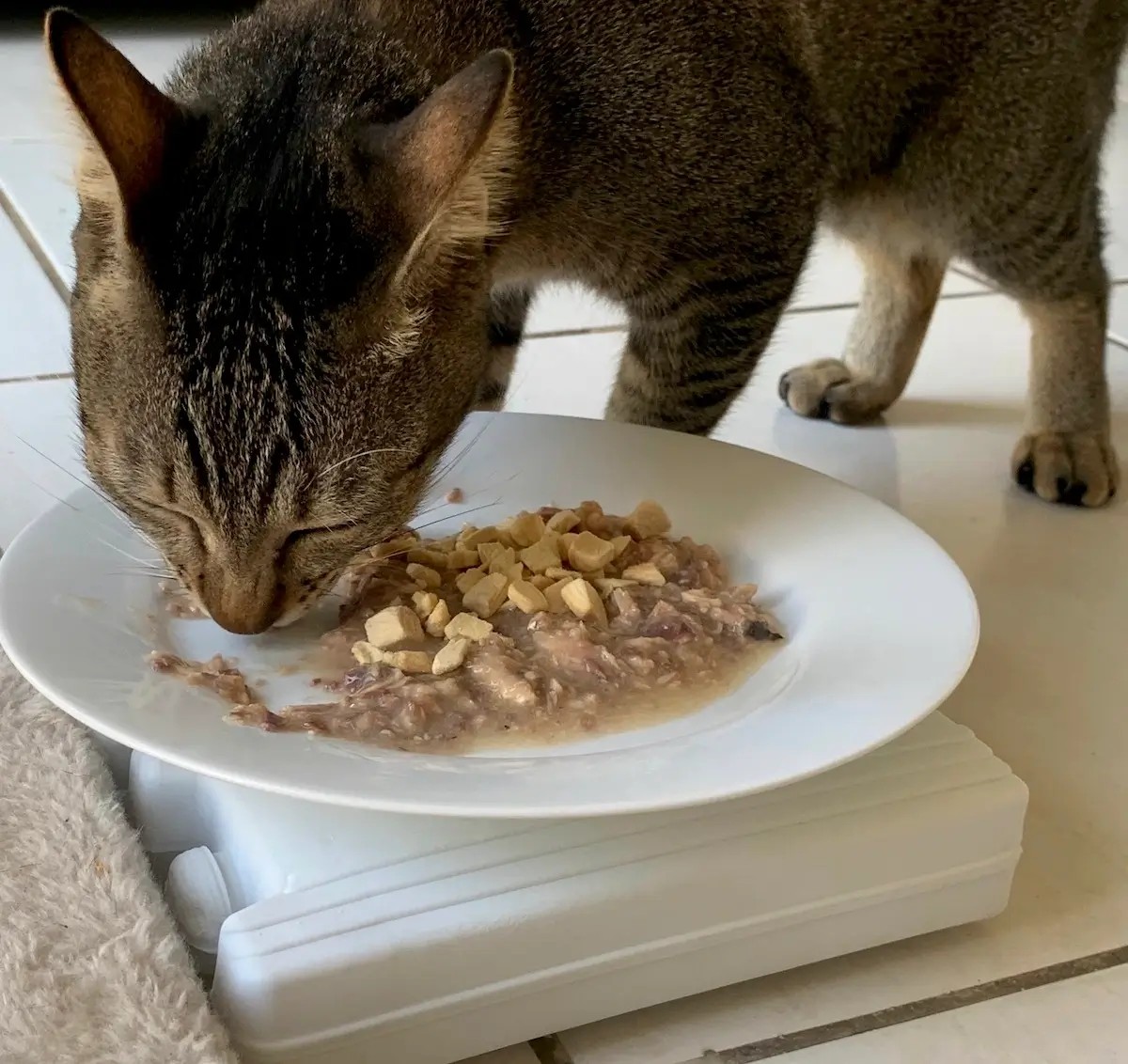
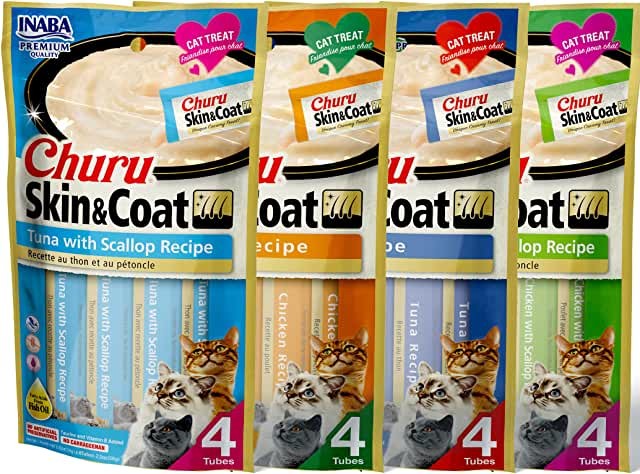
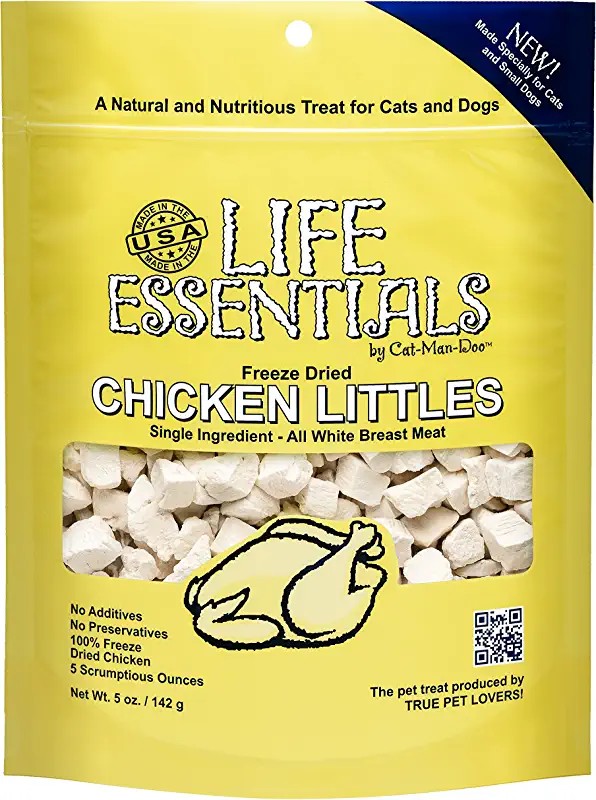
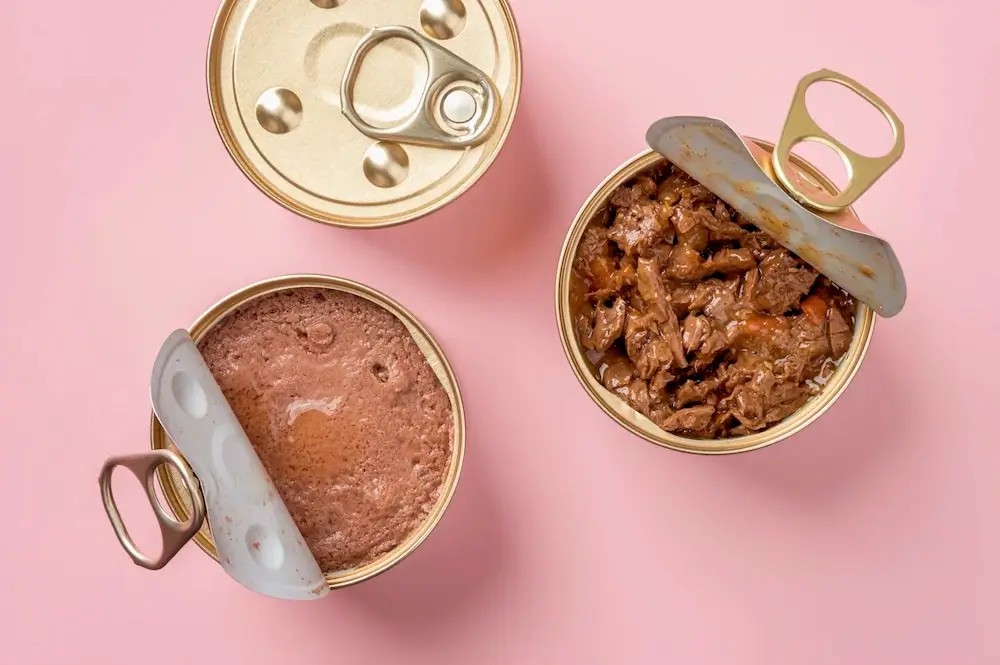
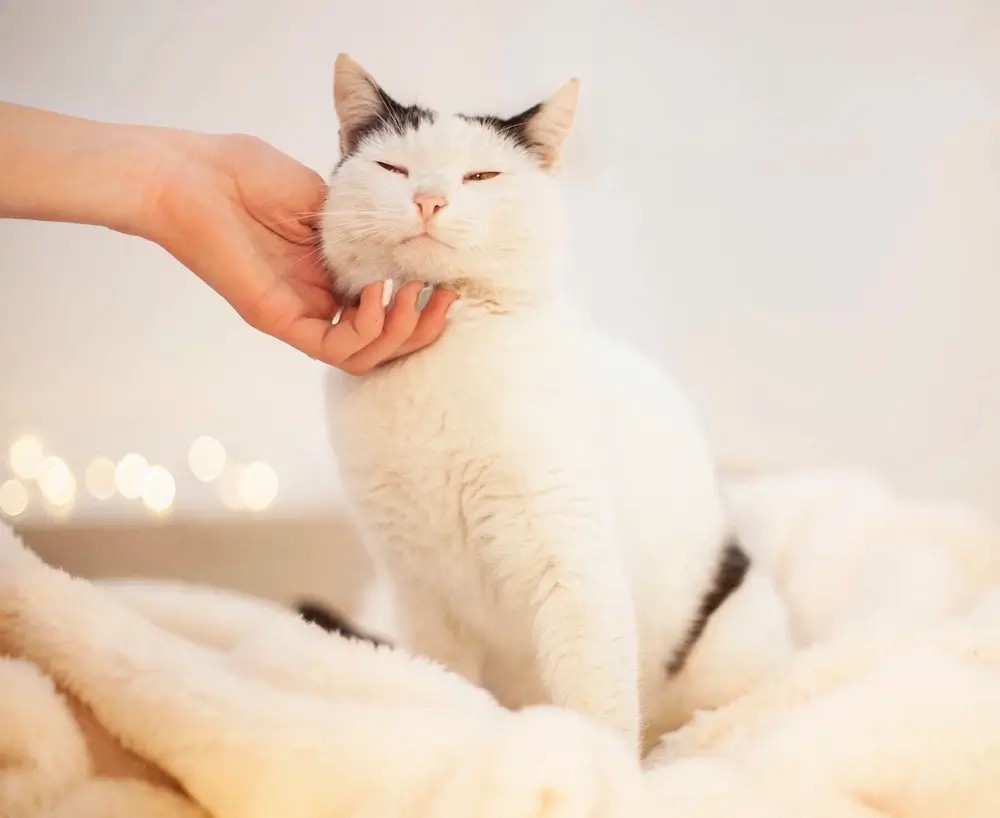
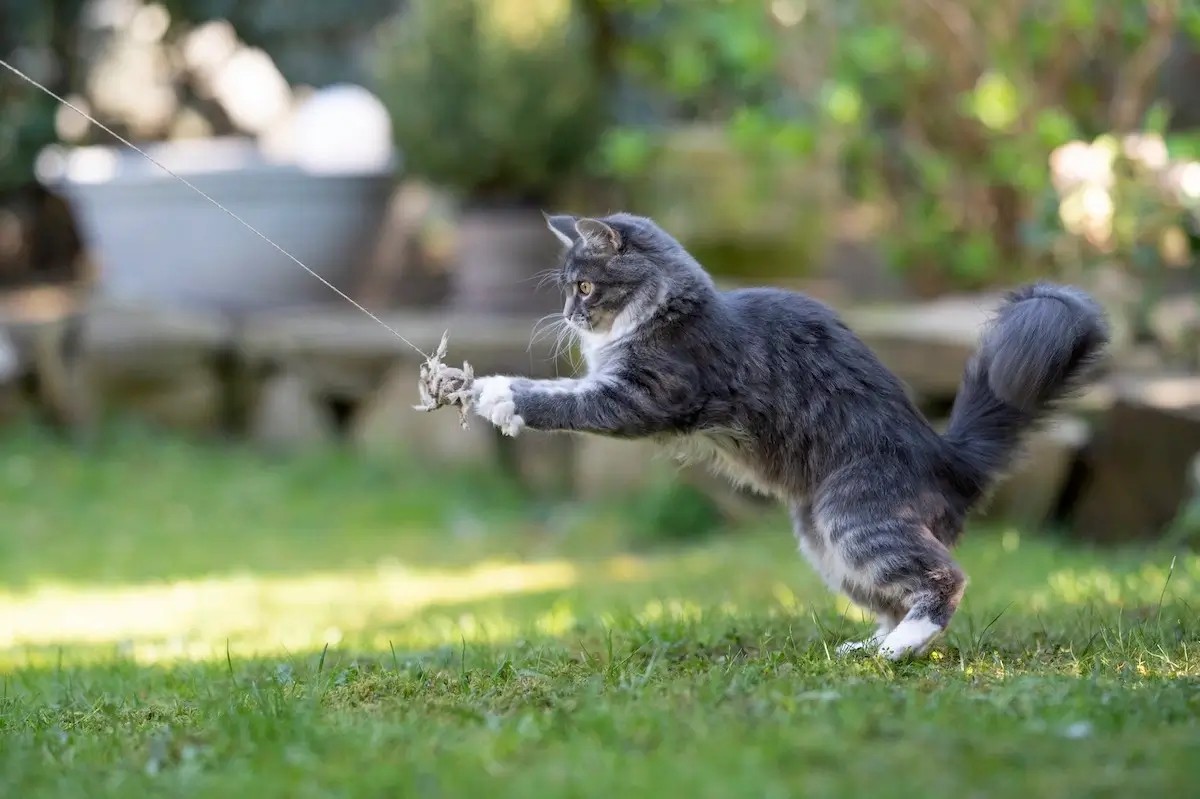
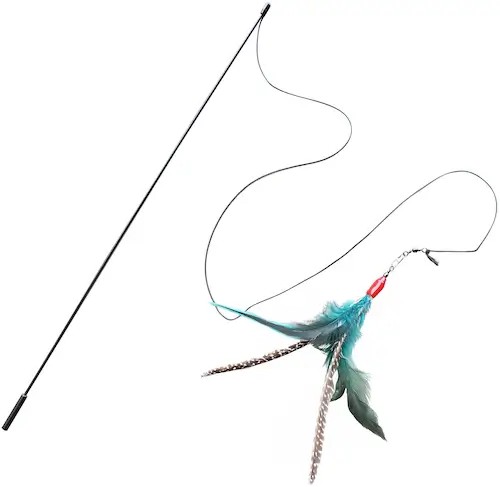
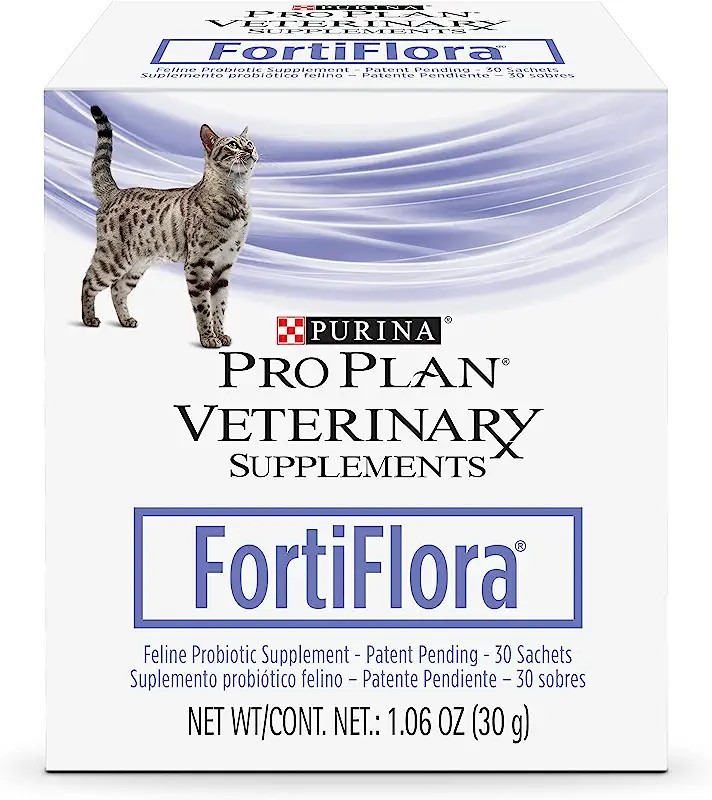
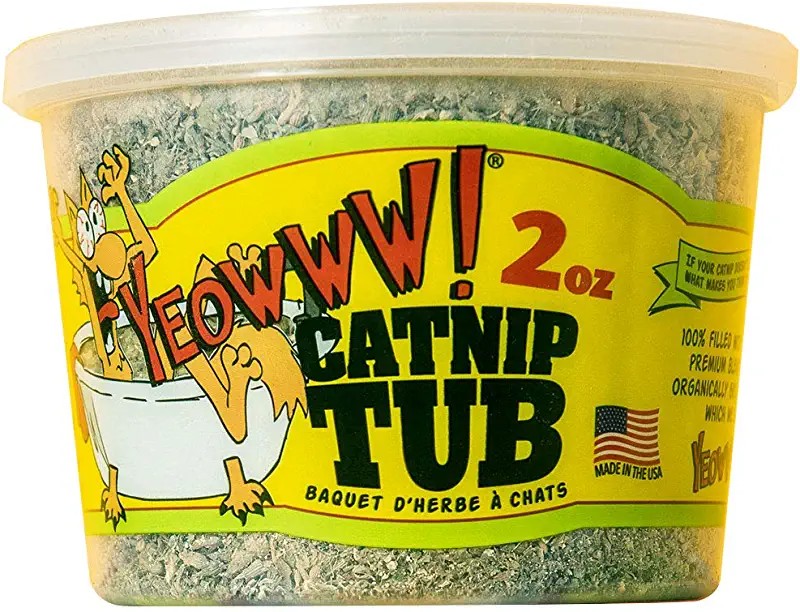
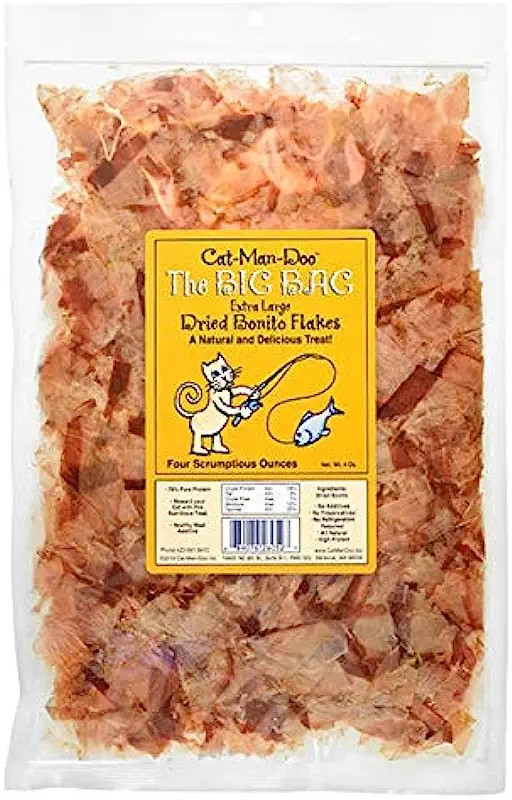
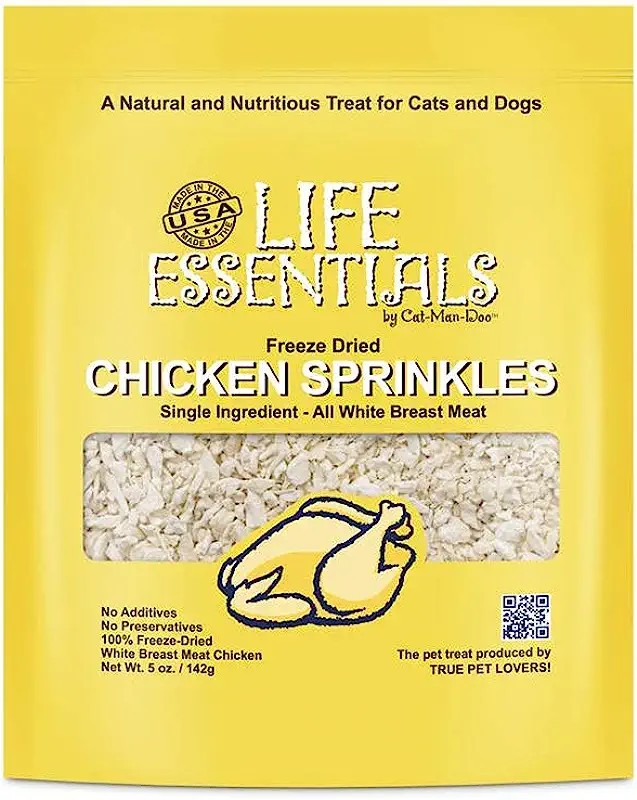

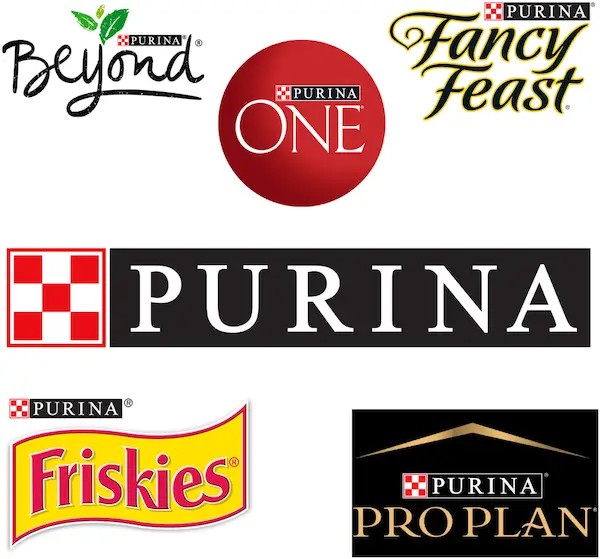

6. Offer Variety
Experiment with flavors like chicken or seafood and textures like pate, jelly, meat chunks, or shredded meat. Break up pate or jelly textures with a fork if needed.
Avoid frequent food switching. If your cat shows interest in a particular food, stick with it.
Once they consistently consume one wet food, transitioning to others may become easier.
If feeding a prescription diet, explore available flavors and textures with your vet.
7. Warm the Food
Warm food releases aromas and can be more appealing. Aim for a mouse’s body temperature (37°C).
Microwave for a few seconds on low, mix well, and test the temperature. Alternatively, add a small amount of warm water.
8. Offer Chilled Food
Some cats prefer chilled food; experiment by serving it straight from the fridge.
9. Quiet Location
Offer wet food in a quiet place, away from other pets, free from disturbances.
10. Social Learning
If you have another cat who enjoys wet food, let the picky cat observe their meal.
11. Positive Reinforcement
Scratching their chin, cheeks, or the base of their tail, while speaking in a gentle and kind voice can encourage them. Leave them alone with the food if they are suspicious of the fuss.
12. Hand-Feeding
Offer small amounts of food on a spoon or your fingers to encourage them to lick it off.
13. Playtime Before Feeding
Play with fishing rod-type toys and wand toys before mealtime to stimulate their appetite.
- Handmade fishing rod-style toy
- Extremely high-quality and durable
- Irresistible to cats as its sound and movement mimic a real bird
- Swish it in the air and along the floor to bring out your cat’s inner hunter
14. Wet Food as a Reward
Offer a small amount of wet food as a reward for performing tricks or behaviors.
15. Add an Appealing Garnish
Enhance the dining experience with a tantalizing garnish. Consult your vet before adding anything new, especially if your cat has a medical condition.
Recommended Wet Food Garnishes:
| Product | Empty | Features | Price |
|---|---|---|---|
| FortiFlora | FortiFlora Probiotics for Cats – Has an irresistible meaty flavor – Sprinkle it on their wet food – Contains high-quality, healthy probiotics | View on AmazonView on Chewy | |
| Catnip | Yeowww Catnip – High-quality, organic catnip made in the USA – Sprinkle it on their wet food – Not all cats are affected by catnip | View on AmazonView on Chewy | |
| Bonito Flakes | Cat-Man-Doo Bonito Flakes – Cats love these fishy flakes – Sprinkle them on top of their wet food – Contain fish oils and taurine, and are high in protein and low in fat | View on AmazonView on Chewy | |
| Chicken Sprinkles | Life Essentials Freeze Dried Chicken Sprinkles – 100% freeze-dried chicken sprinkles made in the USA – Perfect to use as a topper on wet food – Low in calories and high in protein | View on AmazonView on Chewy | |
| Parmesan | Whole Foods Parmesan – Low-sodium cheese – A small sprinkling can be used short-term – Never use products with added onion, garlic, or high salt | View on Amazon |
What Is the Best Canned Cat Food?
Trial and error is often necessary to find the flavors and textures your cat prefers. Fish and chicken are good starting points. Medium-sized meaty chunks might be more appealing than pate or mousse.
Follow the World Small Animal Veterinary Association (WSAVA) Guidelines on Selecting Pet Foods. Choose a brand that:
- Employs at least one full-time qualified nutritionist
- Employs qualified and experienced pet food formulators
- Meets the Association of American Feed Control Officials (AAFCO) or European Pet Food Industry Federation (FEDIAF) nutrient profile guidelines
- Has adequate quality control measures for food safety
- Performs product research and nutritional studies
- Labels the product as ‘complete’
Purina, Royal Canin, and Hill’s exceed WSAVA guidelines, employing veterinary nutritional specialists, performing feeding trials, and contributing to animal nutrition research.
Verify if your preferred pet food company meets these criteria by checking their website or contacting them directly.